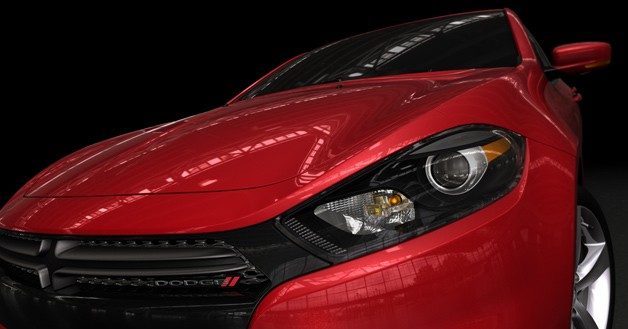Then how do you explain the massive disparity between the results they got and the results CR got with a car that actually should have been slightly faster?
There are a wide variety of things to take into consideration. Temperature, humidity, elevation, and just as much driver error. I have no idea if
Consumer Reports corrects for these variables, but I know reputable magazines like
Car and Driver do. But then again... What is your point? There is bound to be at least
some variability in the overall performance of each vehicle that rolls out of Lordstown, OH. Whether it is a fraction of a second or not... Its bound to happen.
Yes, most of them sucked. But the new ones suck too, just in a different way.
I never said the new ones were any better. FWD is hardly the platform of choice for hard cornering, but if you're going to use it for such, best not be carrying who knows how many pounds of leather upholstery and GPS equipment. The older ones had a harder edge, and I much prefer the cheap, rough type of suckage - the type that costs maybe $1500, will do stupid looking burnouts, and is a reasonable platform for modification to the "500 pounds of leather and over-programmed nannies" type of suckage - the type that lets you manage a 20GB music system in your center console while texting, road raging, and eating a Big Mac, but can't go very fast at all (in some cases) and can't lay rubber because you can't turn the :censored:ing traction control off.
So, are you complaining about standard equipment or optional packages? Because in most instances, the optional luxury equipment is just that... Optional.
I'm not sure if you are able to fathom that in the civilized, continental United States, those luxury amenities are a major perk when buying a small car. No longer do you need to spend $40K to get a decent grain of leather, Bluetooth, USB control for the iPod, and voice controlled everything. You can get all of it in a $15K Fiesta, where the system is non-intrusive, and weighs next-to-nothing.
Now... what's this about the traction control not being fully defeatable? It is not the case on
every car. Are you in reference to the Chevrolet Cruze? You do realize that both the stability and traction control can be switched off, correct? Perhaps in your rather uncivilized part of the world, burnouts are an amazing thing to accomplish, but in a standard civilian vehicle... What's the point? A little hooning is fine when you have the appropriate vehicle... But in a Cruze? Or a Focus? Or even the Dodge in question... Why?
I mean, unless you're a yob. No one wants to be one of those now...
Pray tell, then, how manufacturers have managed to defeat physics and make FWD work?
Significant changes in chassis design, tire technology, power delivery systems like the RevoKnuckle, HiPer Strut, suspension systems like Delphi's MagnaRide and other independent or multi-link setups... Yadda yadda yadda. You know, standard fare on cars sold in the civilized world.
The point of FWD has never been a focus on performance, but instead for increased fuel economy and room within the cabin. Yet, as the design proliferated, engineers and other wizards of design have been able to make it work... In a substantial way no less. And so, we have gone from the Oldsmobile Toronado, to the Saab 900 Turbo... From the Alfa Romeo GTV to the Honda Civic Type-R. The performance has changed substantially with the march of technology. Where have you been to see any of it?



 . That 3.1L is the little engine that wouldn't die, also the Beretta GT was a better handling car than the RWD car's surrounding it (Camaro namely). Mine had body matched white rim's and more rubber width than I expected it to have.
. That 3.1L is the little engine that wouldn't die, also the Beretta GT was a better handling car than the RWD car's surrounding it (Camaro namely). Mine had body matched white rim's and more rubber width than I expected it to have.

 .
.